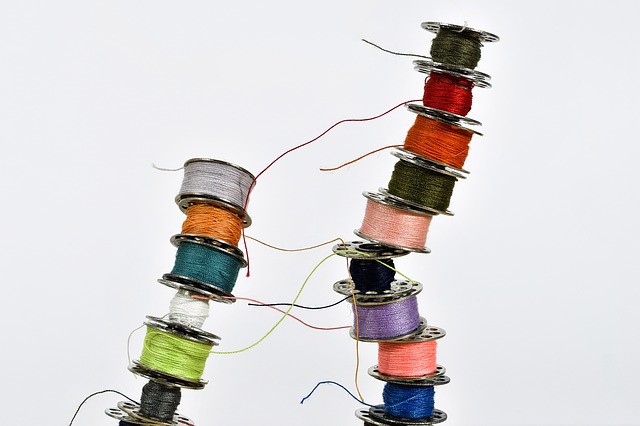The fast fashion has indeed been heavily examined in relation its impact on the environment. It’s no secret that the manufacturing process makes extensive use of scarce resources like water. Companies are now under pressure and can provide genuine openness into the wider supply chain, also known as Tier 1-4 levels of reporting,Cradle-to-Gate or Scope 3.

Creating Compliant and Sustainable Products
Genuine sustainability begins with procuring before starting any detailed design and remains throughout the process. New packaging procedures, materials, and production techniques everyone has environmental effects, so connectivity to influence measured data and new solutions should be used from beginning to end.
Extending the Lifecycle of a Product by Designing for Disassembly
Unfortunately, at the end of their lifecycle, many products end up in a landfill. A rip or stain may cause a garment to be discarded prematurely. Fashion brands must contemplate ways to increase the life – cycle of current products while also offering assistance such as rental, repair, resell, and recycling. Incorporating with resell formats can help you get older stock sold instead of wasting it.
Consolidating and Publishing Data on Sustainability
In addition to introducing lower-impact products and processes, fashion brands must provide stakeholders, consumers, and regulatory authorities with transparency and visibility into their sustainability strategy. Water use, energy use, carbon footprint, and product composition must all be gathered and maintained before being analyzed with a business intelligence platform.

